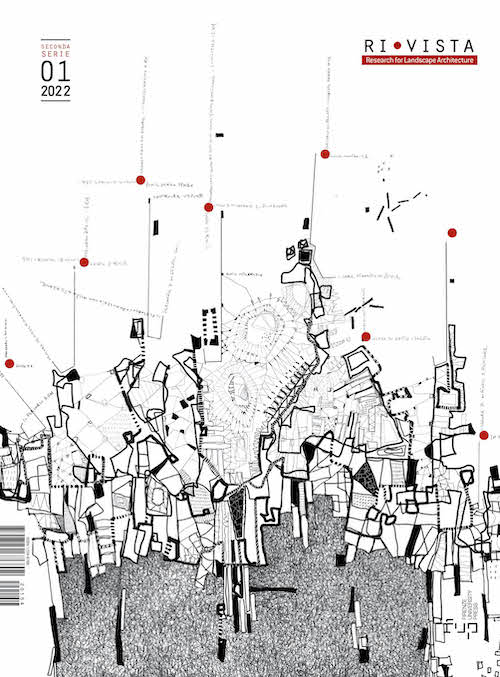Walking, drawing, designing. Friedrich Ludwig von Sckell’s drawing stick and eighteenth-century landscape gardens
Published 2022-07-01
Keywords
- Walking,
- drawing stick,
- design method,
- imagination,
- line of beauty
How to Cite
Abstract
For the German landscape gardener Friedrich Ludwig von Sckell (1750-1823) walking was a method to design landscapes for visitation and inhabitation, in other words, for both walking and staying. Sckell used an idiosyncratic device, the drawing stick, to draw outlines of pathways, plantings, and water bodies directly into the ground at one-to-one scale while walking. This method of “drawing in nature” while in motion was to enable the designer to respond to his imagination, emotions, and the impressions of the site more freely. Although Sckell’s walking designer exhibited the “natural” gait promoted in the late eighteenth century, its contrived nature mirrored the equally contrived nature of the landscape gardens it helped to design. Nevertheless, walking “with decorum” as what in today’s terms could be called a phenomenological bodily practice, was central to Sckell’s naturalistic garden designs that were to foster imagination and emotional response.






